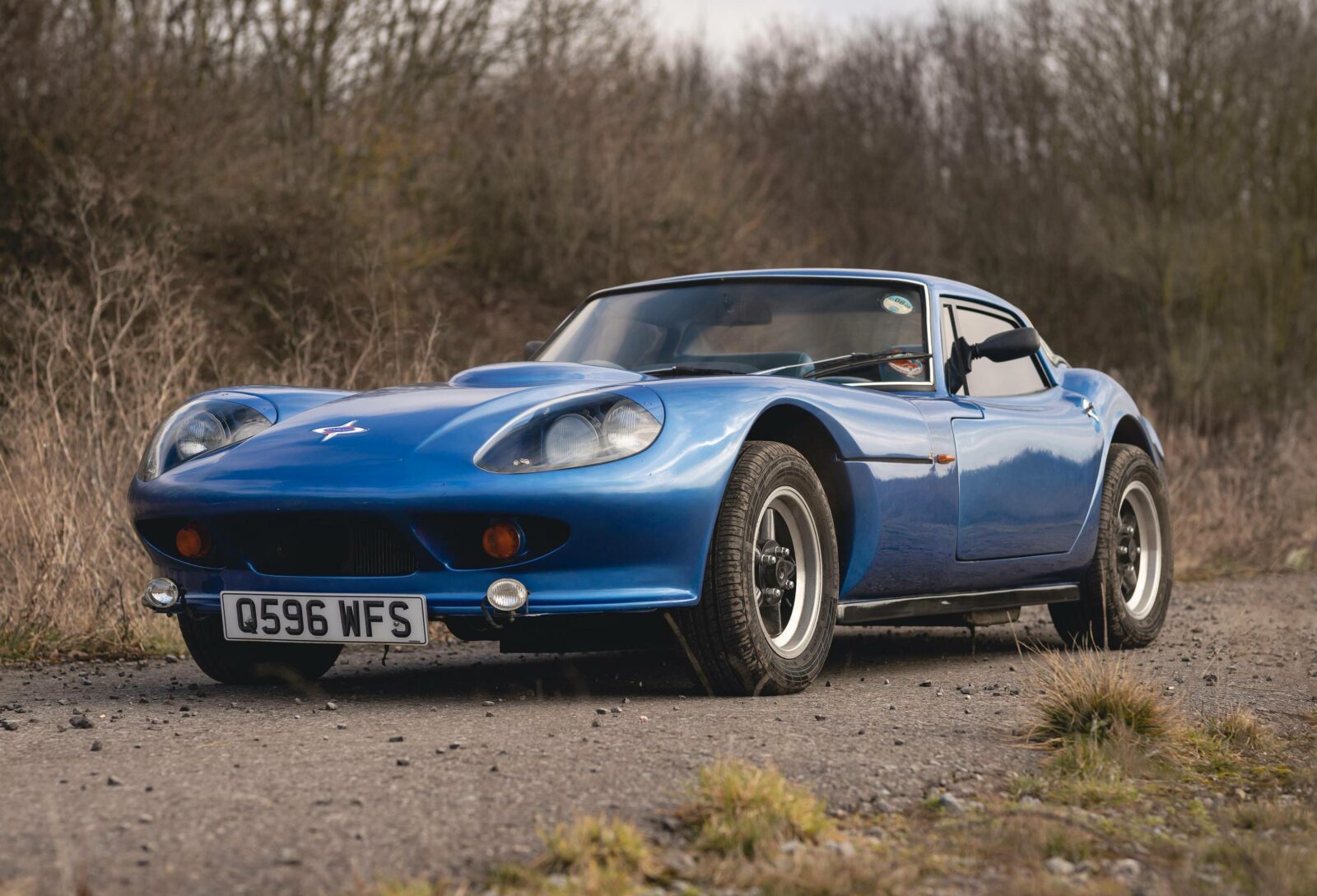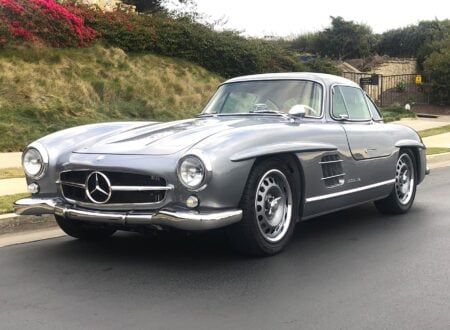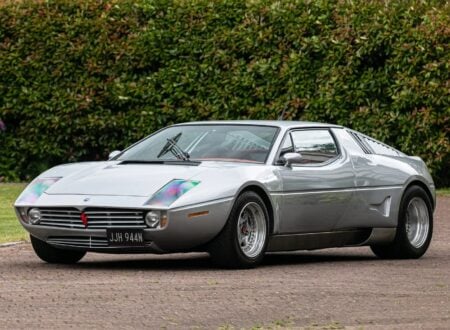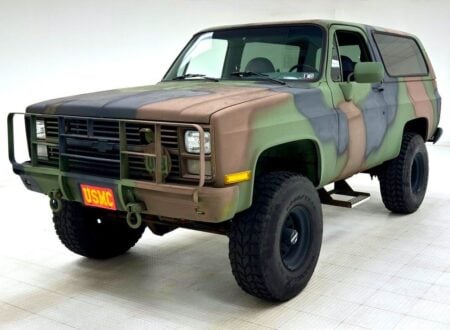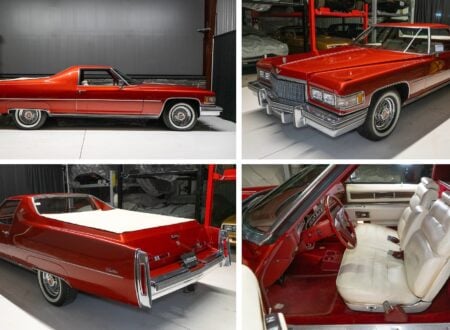This is a rare Marcos Mantula, it’s a handbuilt car from England that weighs just 900 kgs (1,984 lbs) that’s powered by the famous Rover V8 engine, a lightweight alloy 3.5 liter power plant that’s powered everything from Paris Dakar Rally winning Range Rovers to TVR race cars.
The Mantula looks remarkably similar to the earlier Marcos GT, both cars share almost the same fiberglass body after all, but thanks to the V8 powering the Mantula it can do the 0-62 mph dash in 5.5 seconds onto a top speed of 140+ mph.
Fast Facts – The Marcos Mantula
- Marcos Engineering was founded in 1959 by Jem Marsh and Frank Costin in Luton, England. The name “Marcos” is a combination of the founders’ surnames. Jem Marsh was an engineer with expertise in race car design, while Frank Costin was an aerodynamicist who had previously worked with De Havilland and Lotus.
- The company was initially known for its innovative engineering and unique approach to design. Marcos pioneered the use of plywood chassis in their vehicles, which offered a lightweight, durable, and cost-effective platform. The company switched over to more traditional steel chassis as the 1960s progressed.
- Throughout the 1960s and 1970s, Marcos Engineering enjoyed considerable success on the racetrack. Cars like the Marcos GT and Marcos 1800 GT performed well in various racing events, including the British GT Championship and the 24 Hours of Le Mans. This success helped raise the company’s profile and led to increased demand for their road cars.
- The company faced financial difficulties but was revived in the early 1980s by Jem Marsh, who developed the Rover V8-powered Marcos Mantula. The new model was based on a steel chassis with a lightweight fiberglass body, and it offered exceptional performance with 190 bhp, 220 lb ft of torque, and a 5-speed gearbox.
Marcos Engineering
Marcos Engineering, the company behind the creation of the Marcos Mantula, was founded in 1959 by Jem Marsh and Frank Costin. The name Marcos is derived from the founders’ surnames, MARsh and COStin. The company quickly garnered a reputation for producing innovative, lightweight sports cars, initially focusing on race cars before moving into the production of road cars.
Early in the company’s life it became well-known for its innovative use of marine grade plywood, which was used to create stiff, strong, and lightweight unibody-type chassis for some of their early cars.
Above Video: This beautifully filmed clip showcases the Marcos Mantula very well, it includes onboard and aerial footage, and of course, plenty of V8 engine noise.
The use of plywood had been inspired by the WWII-era de Havilland DH.98 Mosquito, a multirole fighter bomber that made use of plywood construction to great effect – in fact in 1941 it was one of the fastest operational aircraft anywhere in the world.
Although the Marcos plywood chassis were stiff and lightweight, they were also incredibly time-consuming to make, and some prospective buyers didn’t like the idea of buying a car with a wooden chassis. As a result later in the 1960s the company switched over to a more traditional steel chassis design, though the earlier plywood chassis cars are now highly collectible.
The Marcos Mantula
Introduced in 1984, the Marcos Mantula was the result of the company’s continuous pursuit of the perfect British sports car. The Mantula replaced the previous model, the Marcos GT, and was available in both coupe and convertible body styles over its production run.
The car’s classic Marcos styling, including its long bonnet, low-slung body, and sleek lines, was designed for optimal aerodynamics and shared a lot with the earlier GT model.
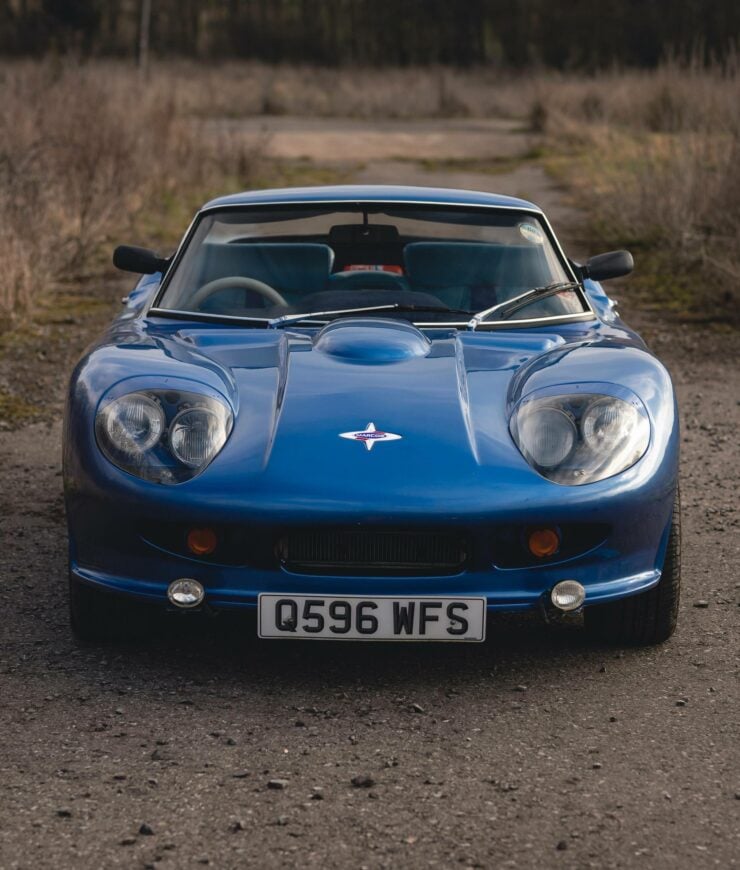

The Mantula was powered by a Rover V8 engine, which was known for its low-weight and high-tunability. This 3.5 liter engine produced 190 horsepower and 220 lb ft of torque, propelling the lightweight sports car from 0-62 mph in just 5.5 seconds.
With a top speed of 140 mph, the Mantula was more than capable of holding its own against its competitors, and later in the 1980s it would receive the more powerful 3.9 liter fuel injected version of the V8. Most examples of the Mantula were sold as kit cars in Britain, approximately 140 kits were bought over the production run.
There were a number of changes introduced to the car over the course of its nine year 1984 – 1993 production, a convertible version was offered from 1986 onwards, and the Rover V8 was upgraded to the 3.9 liter unit in the late 1980s. Independent rear suspension would also become standard from 1986 onwards, based on components from the Ford Granada.
In 1993 Marcos Engineering made the fateful decision to no longer offer kit cars, switching to a line of full factory-built production cars as Lotus had done in the early 1970s. The company would then be competing more directly with British sports car makers like TVR, Morgan, and Lotus – for better or worse.
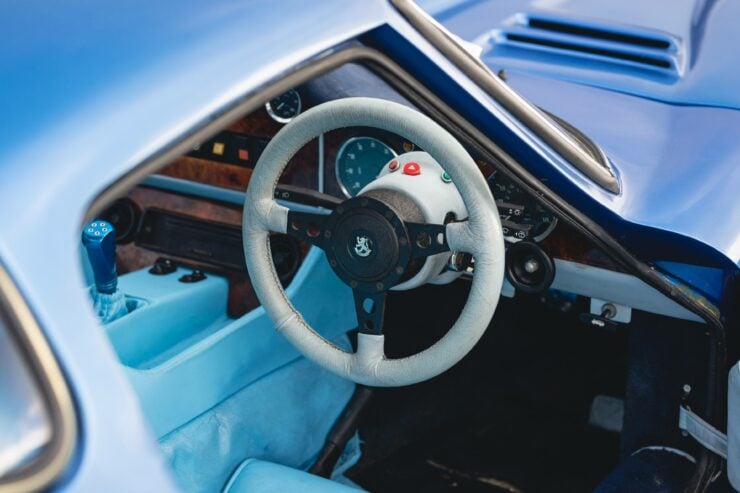

The surviving examples of the Marcos Mantula are now collectible in the more eccentric British classic car circles, the performance of the model makes it a genuine weapon in the right hands, and the use of common production items for the engine, transmission, etc makes spare parts sourcing relatively straightforward.
The 1985 Marcos Mantula Shown Here
The can you see here is a Marcos Mantula from the second year of production, 1985. It was formerly owned by an aerospace engineer and it was originally built in the color combination it’s still showing – blue paint over a blue leather interior.
The 3.5 liter Rover V8 up front is mated to a 5-speed manual transmission which sends power to the rear wheels. Inside the car you’ll find seating for two and some trunk space in the rear.
It’s clear that this car was originally built to a high level however it’s now showing some age-related patina and could do with a thorough recommissioning, a clean, and a professional detailing.
The car now comes with three box files containing its history, invoices, owners manuals, and printed handbooks, it’s also noted that the tires are showing their age and will need replacing as a matter of some urgency.
It’s being offered for sale out of Wiltshire in England on Car & Classic and you can visit the listing here if you’d like to read more about it or register to bid.

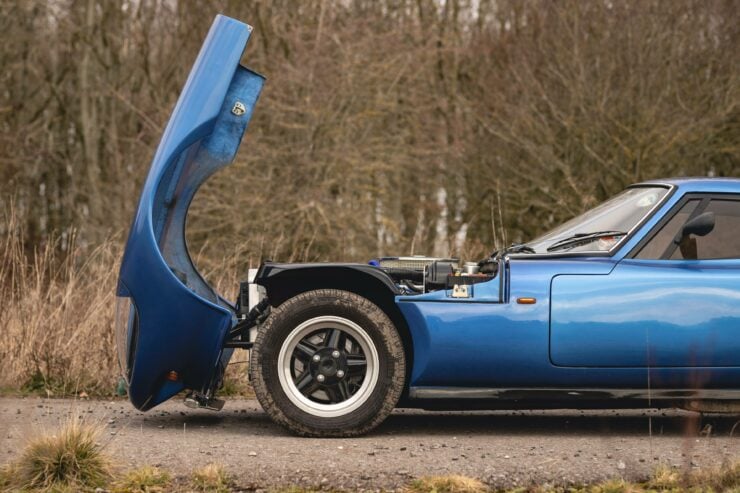
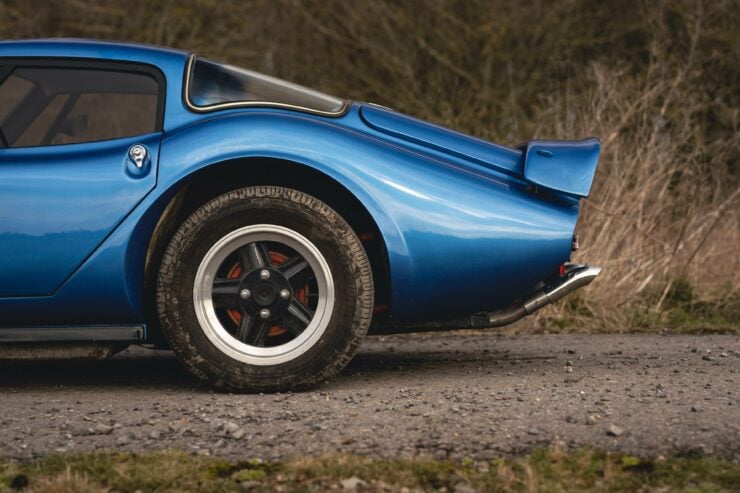
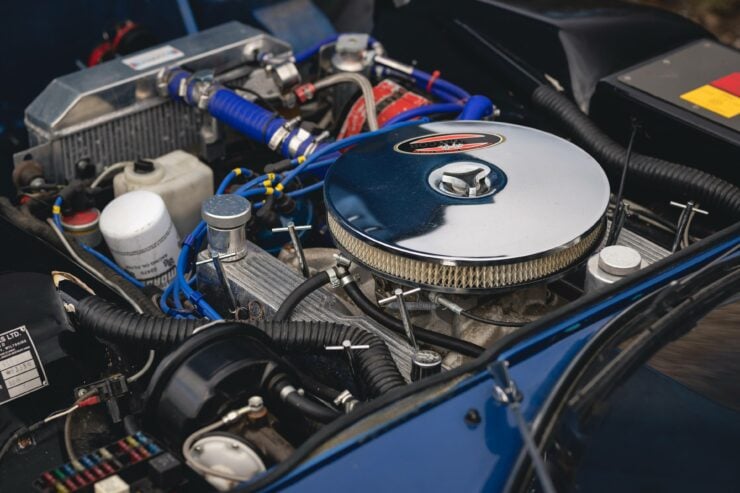
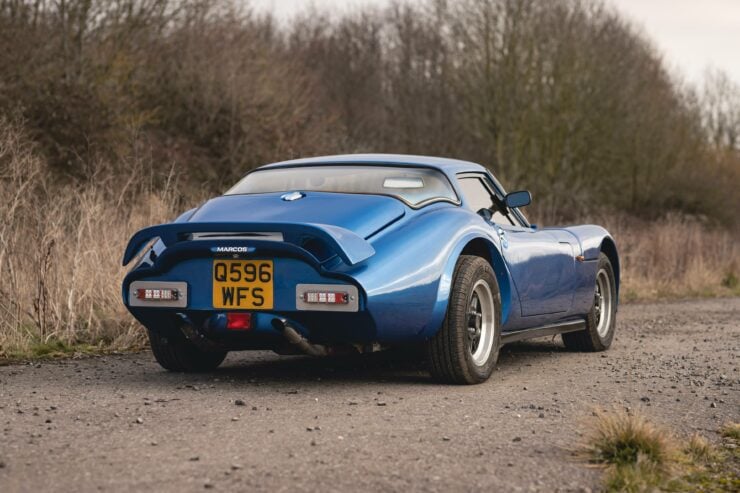
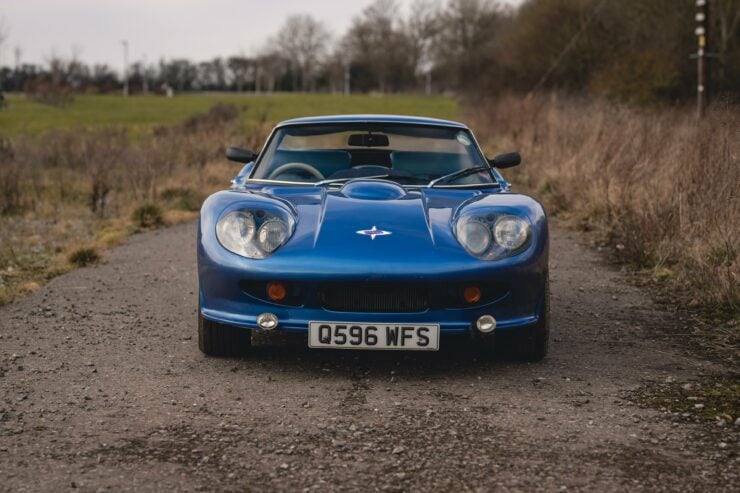
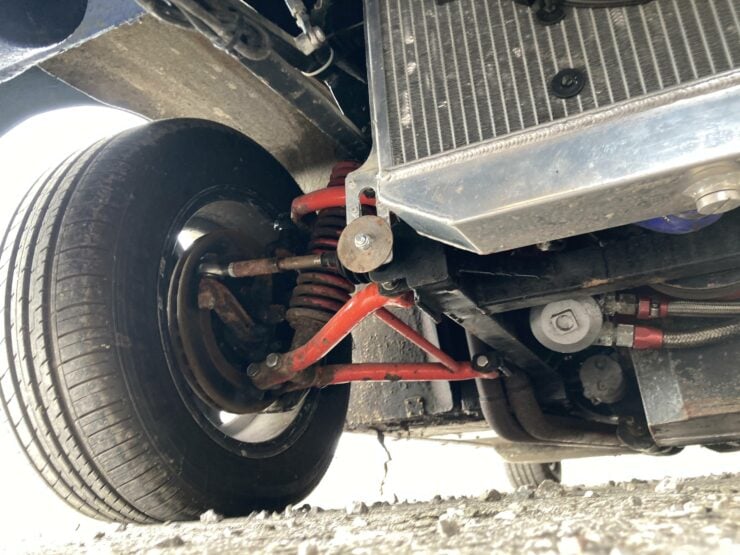
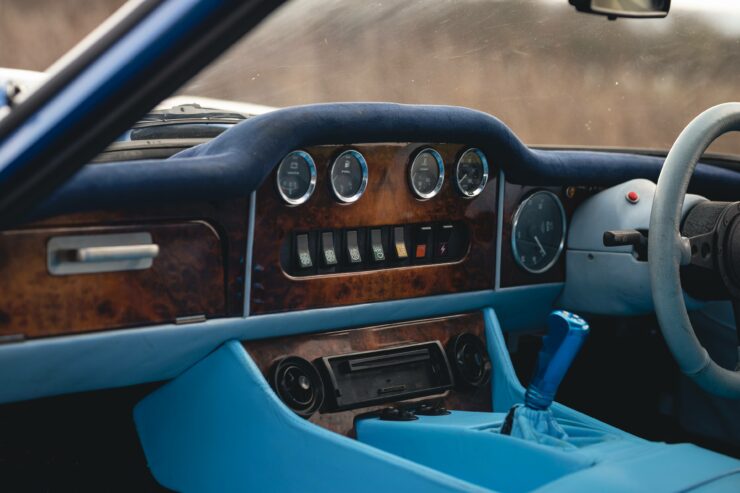
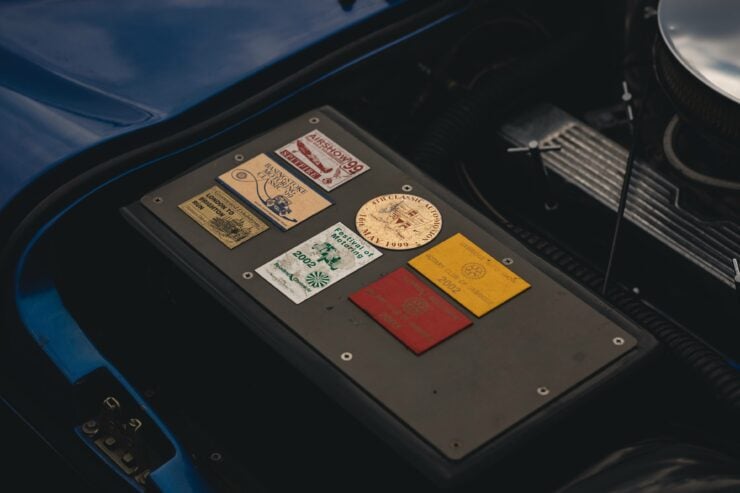
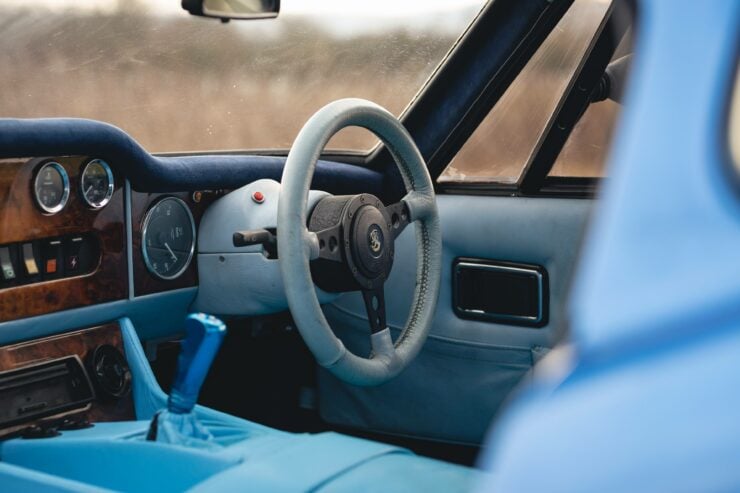
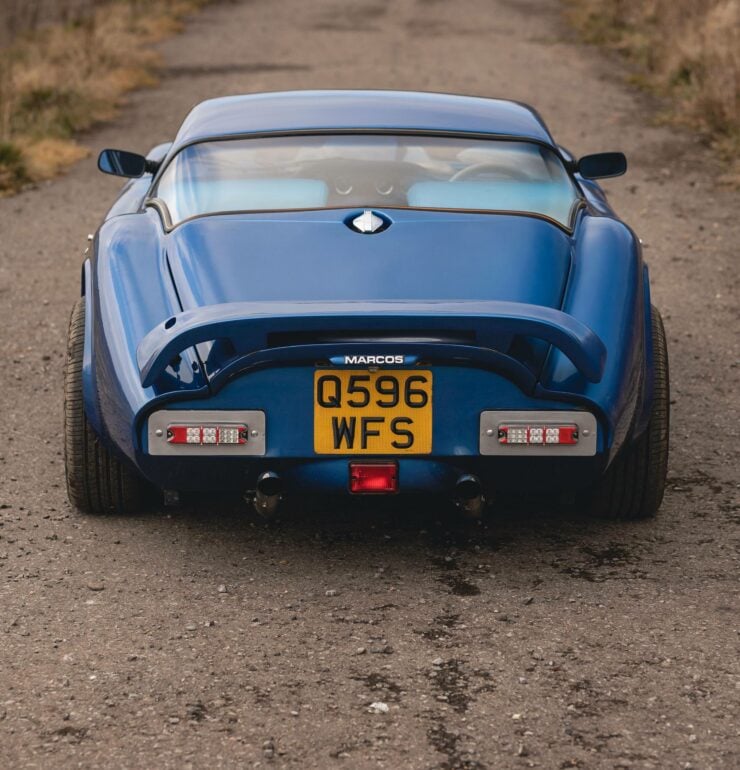
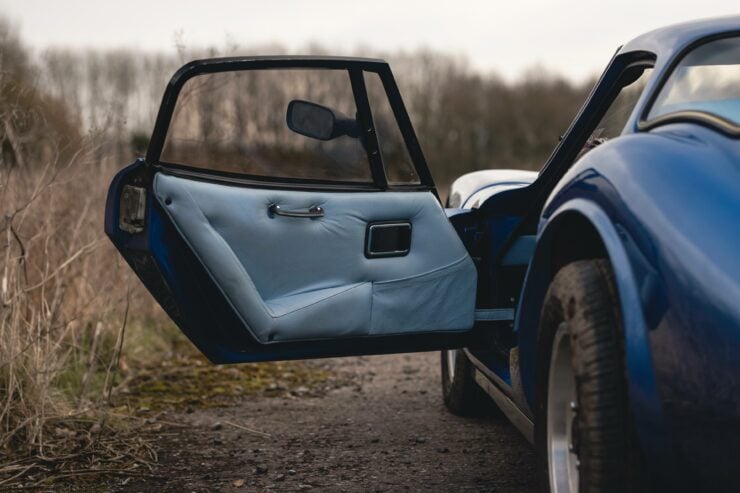
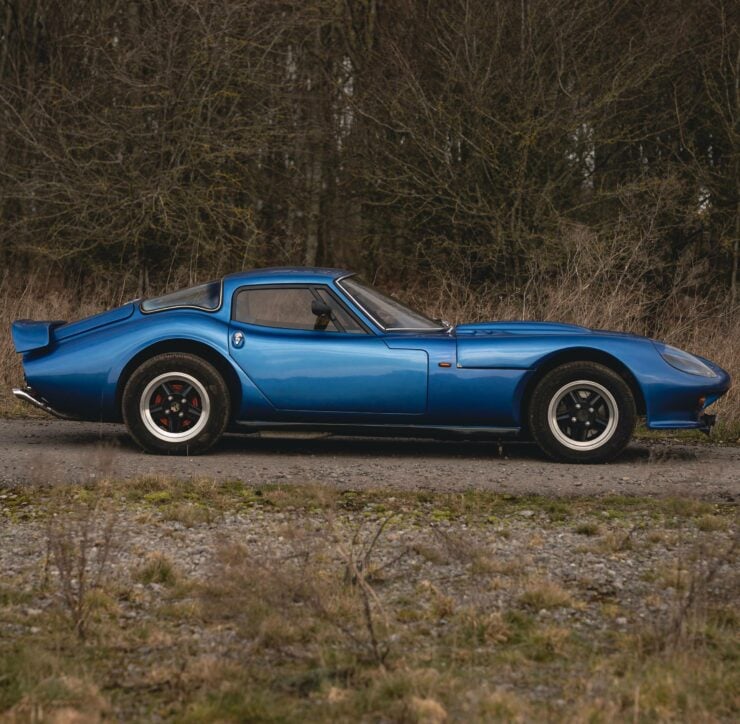
Images courtesy of Car & Classic

